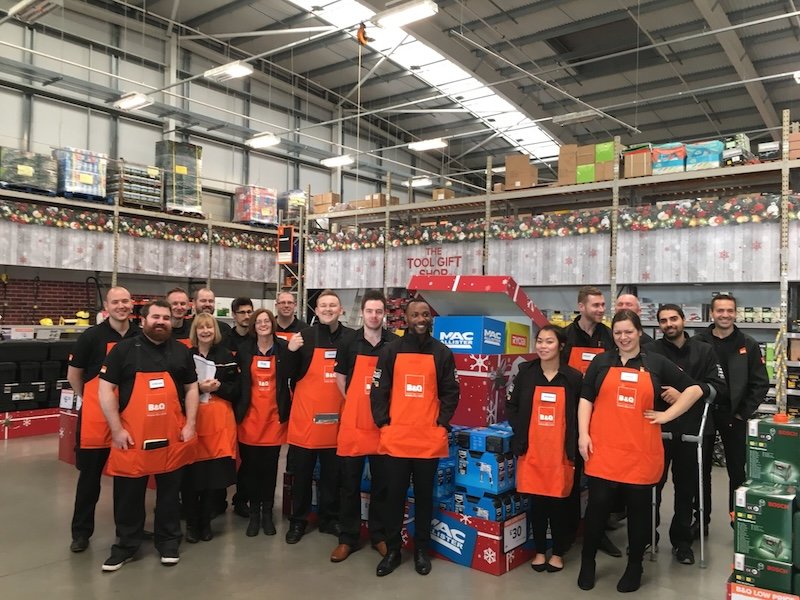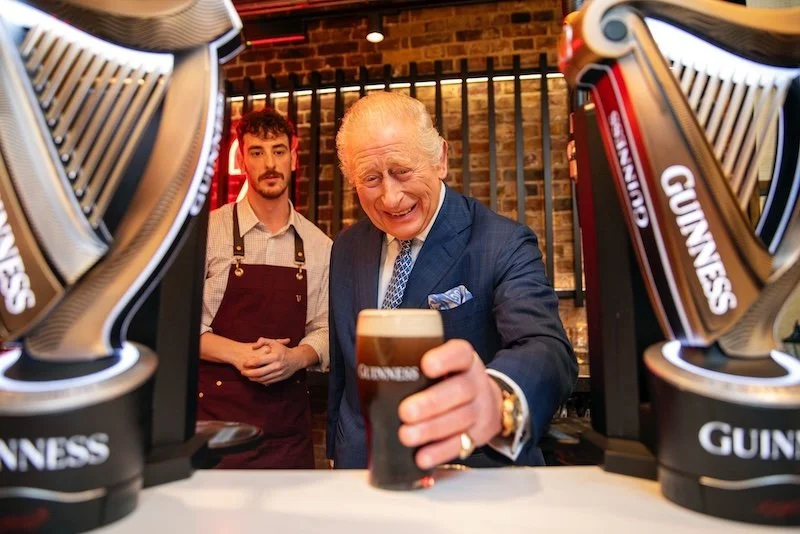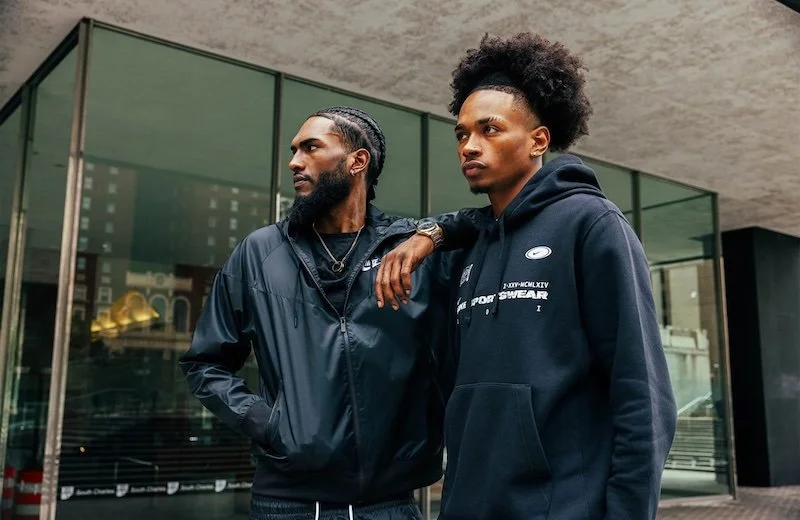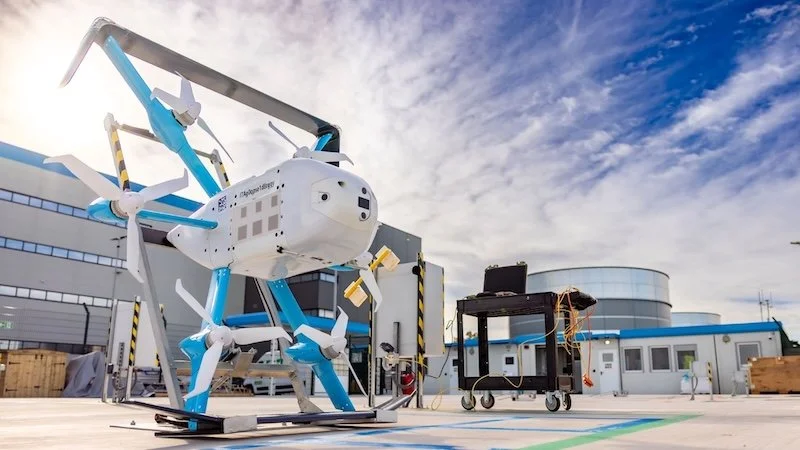Grubhub brings Amazon Just Walk Out technology to Stateside university campus partners
Grubhub Campus reports that Amazon's Just Walk Out technology is now available at Loyola University Maryland, the first Grubhub partnered campus to deploy the offering.
Students scan a QR code in the Grubhub app to enter a convenience store, and the technology detects what shoppers take from or return to the shelves.
They can then leave without having to wait in line and the payment will automatically be deducted from their meal plan, declining account balance or other stored payment methods linked to their Grubhub account.
"Our installation with Amazon's Just Walk Out technology is another example of how we are strengthening our relationship with our campus partners with cost saving technology and driving student adoption," says Eric Ferguson, Chief Operations Officer at Grubhub.
"The services and products we provide for our campus partners are designed to enhance and improve the dining experience, and we're excited to offer this innovative and frictionless technology to our campus partners."
The retail technology news you might have missed last week, including @gocartken @ManhAssocNews @FrankBeard @PredictSpring @packfleet @TalkShopLive @Rovertown @salesforce @MGTalksRetail @jispapp @AmazonNewsUK #retailtech #retailnews #retail #retailers https://t.co/UyhyBKaDEJ
— Retail Technology Innovation Hub (@RTIH_RetailTech) August 28, 2023
"We are thrilled to bring Just Walk Out technology and Grubhub together at Loyola University Maryland," says Jon Jenkins, Vice President at Just Walk Out technology, AWS Applications.
"With Just Walk Out technology and Grubhub, students, faculty, and staff will find a convenient way to purchase the items they need with a frictionless shopping experience so they can quickly get back to their studies."
"Loyola is proud to partner with Grubhub and Amazon to bring this technology to our students," says John Coppola, Vice President for Finance and Administration and Treasurer at Loyola University Maryland.
"We strive to bring innovation to our campus, and this is a perfect example of our drive to lead in technological applications for our students, faculty, and staff."
Just Walk Out technology is made possible by artificial intelligence (AI) like computer vision and deep learning techniques, including generative AI, to determine who took what in any retail environment.
Amazon says that it has built synthetic datasets to mimic millions of realistic shopping scenarios, including variations in store format, lighting conditions, and even crowds of shoppers.















Continue reading…